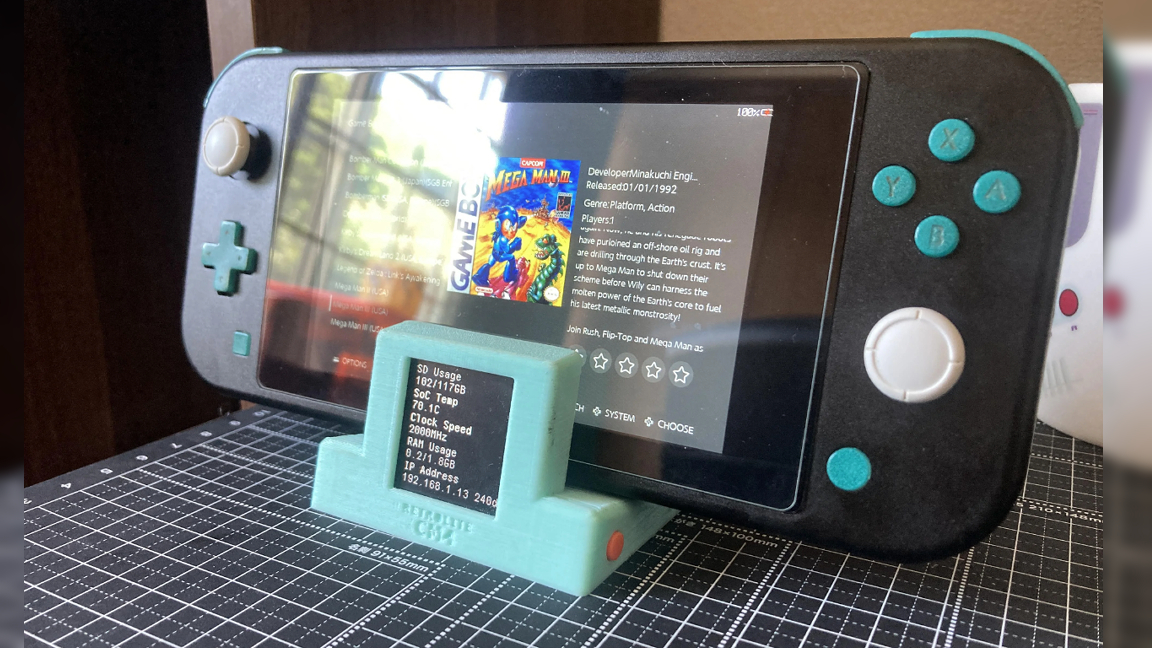
There are tons of cool Raspberry Pi gaming handhelds that have been created over the years. One that we really appreciate is the Retro Lite CM4 created by a maker known as StonedEdge. This handheld resembles a Nintendo Switch but instead has a Raspberry Pi Compute Module 4 inside and runs RetroPie. Today we’re sharing a new accessory he’s made that also uses a Raspberry Pi component—an RP2040-powered docking station.
The docking station is designed so that the Retro Lite CM4 can charge while it’s placed in the station. According to StonedEdge, it also works with any other Linux-based RetroPie system. It features a little screen, as well, so you can see stats about your playing history as well as get a look at game data based on whatever you’re playing at the time.
There are three main modes that the screen alternates through including a default splash screen, your gaming history stats as well as a game mode that updates to reflect whatever is currently launched in RetroPie. The charging takes place using a USB-C port while an HDMI port provides video output.
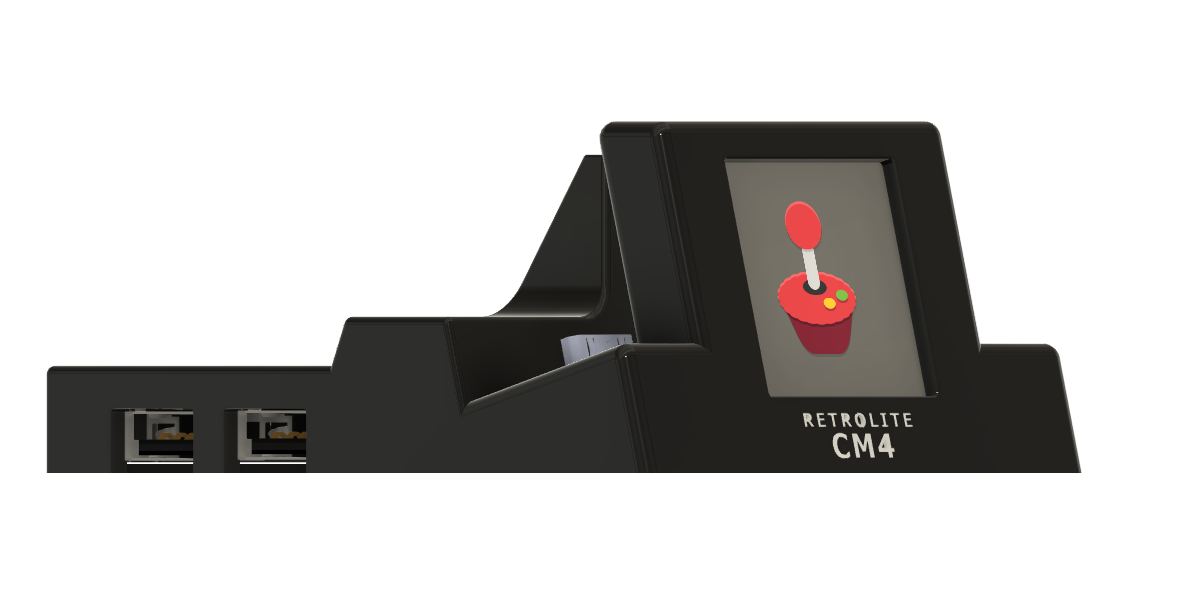
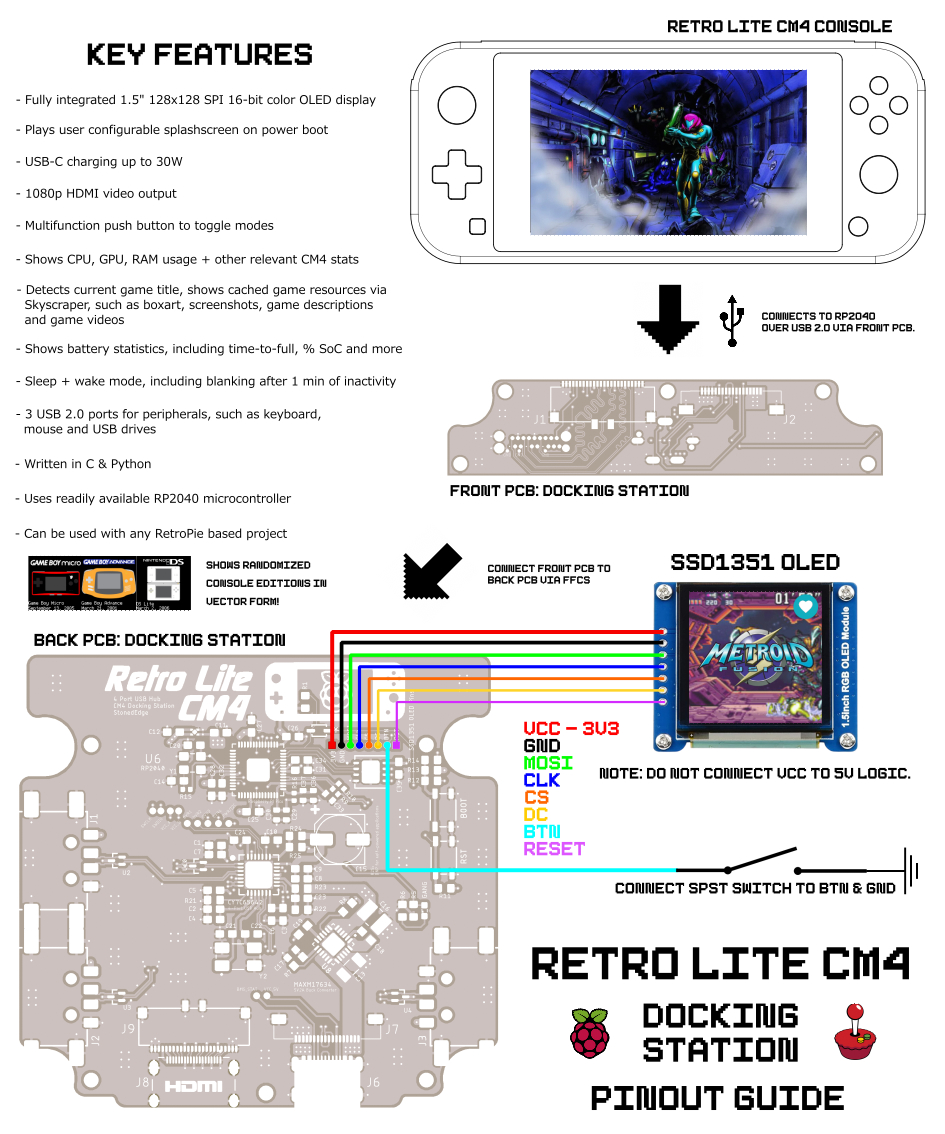
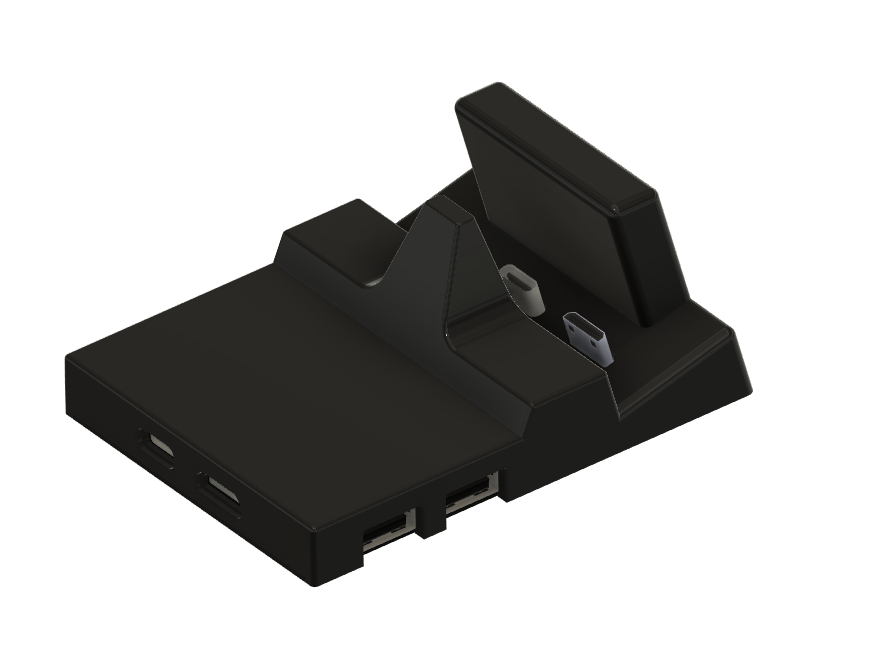
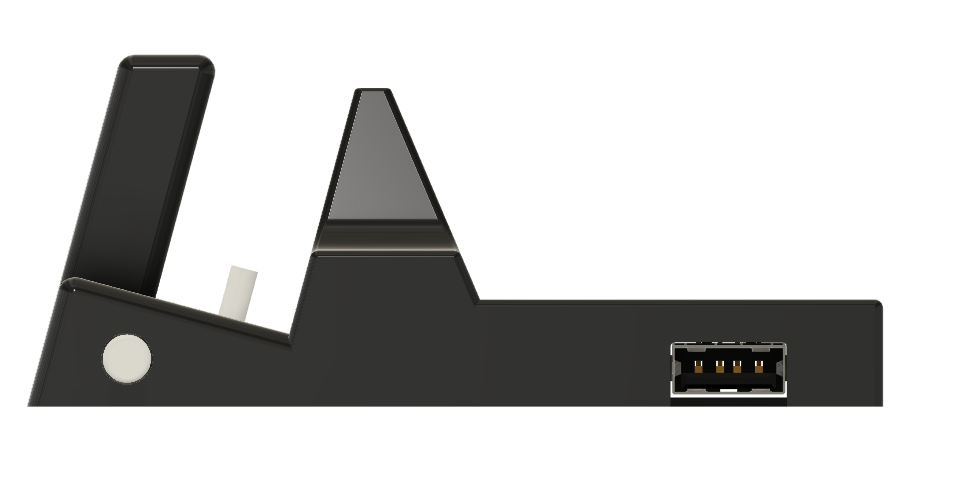
The unit is 3D printed and designed to not just look nice but to also provide access to the hardware and ports for ease of use. The LCD screen is 1.5-inches across and has a resolution of 128 x 128px. There are three USB 2.0 ports available to connect peripherals to, as well. Everything is connected to a custom PCB that sports an RP2040 processor.
StonedEdge provides an in depth look at the software-side of the project over at GitHub. When the system first boots, it displays the default splash screen. Once EmulationStation is running, it starts to show basic system stats like the CPU temperature and IP address. It will also rotate through things like which games you play the most and how often you play them. Lastly, game mode activates when you launch a title.
A lot of work went into this accessory and we really appreciate the time and effort StonedEdge took to bring it to fruition. This is more than a simple dock, it’s a fully functional gadget with custom housing and a unique PCB. Check out the original thread shared to Reddit to get a closer look at this Raspberry Pi project in action.







